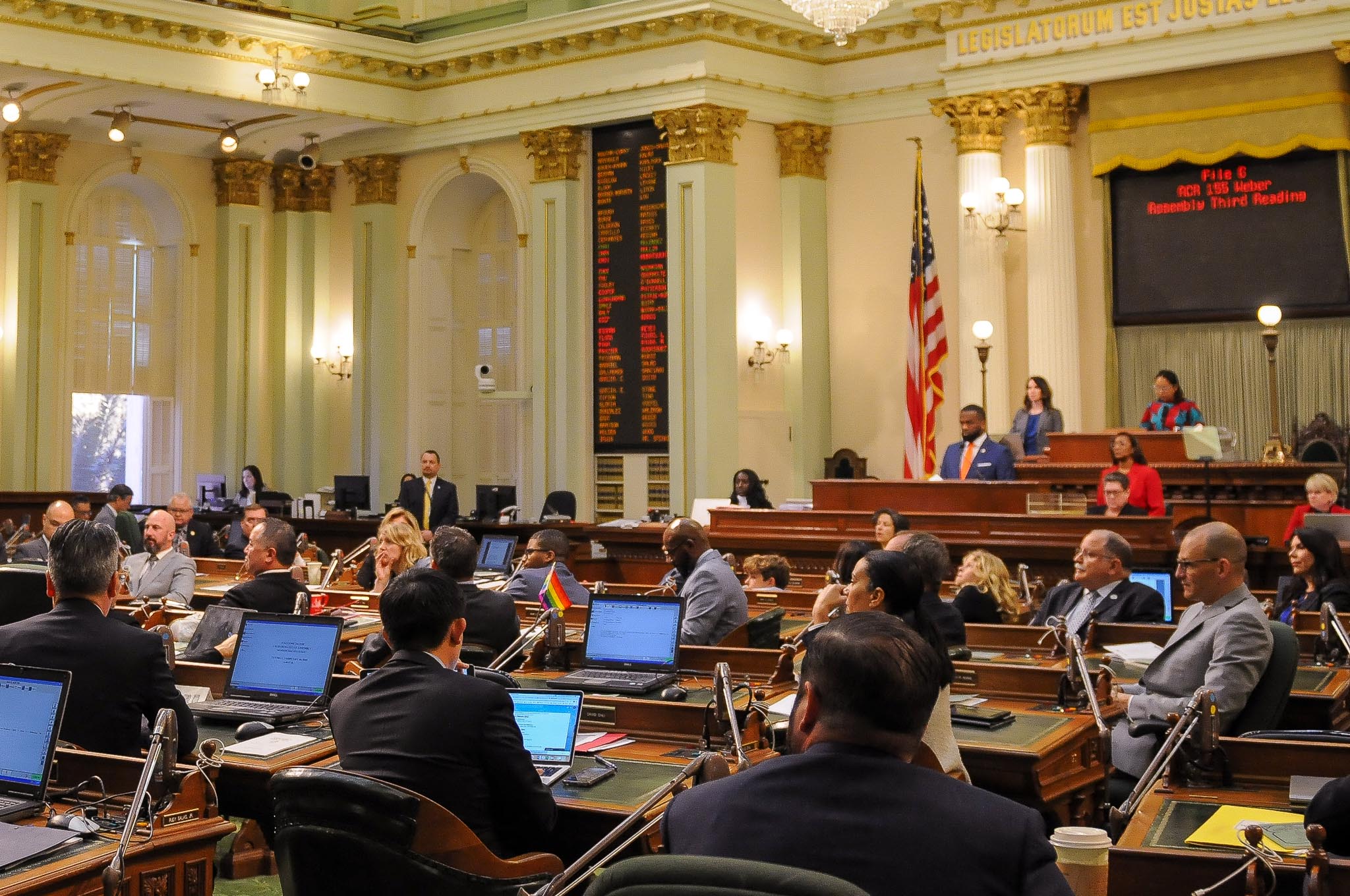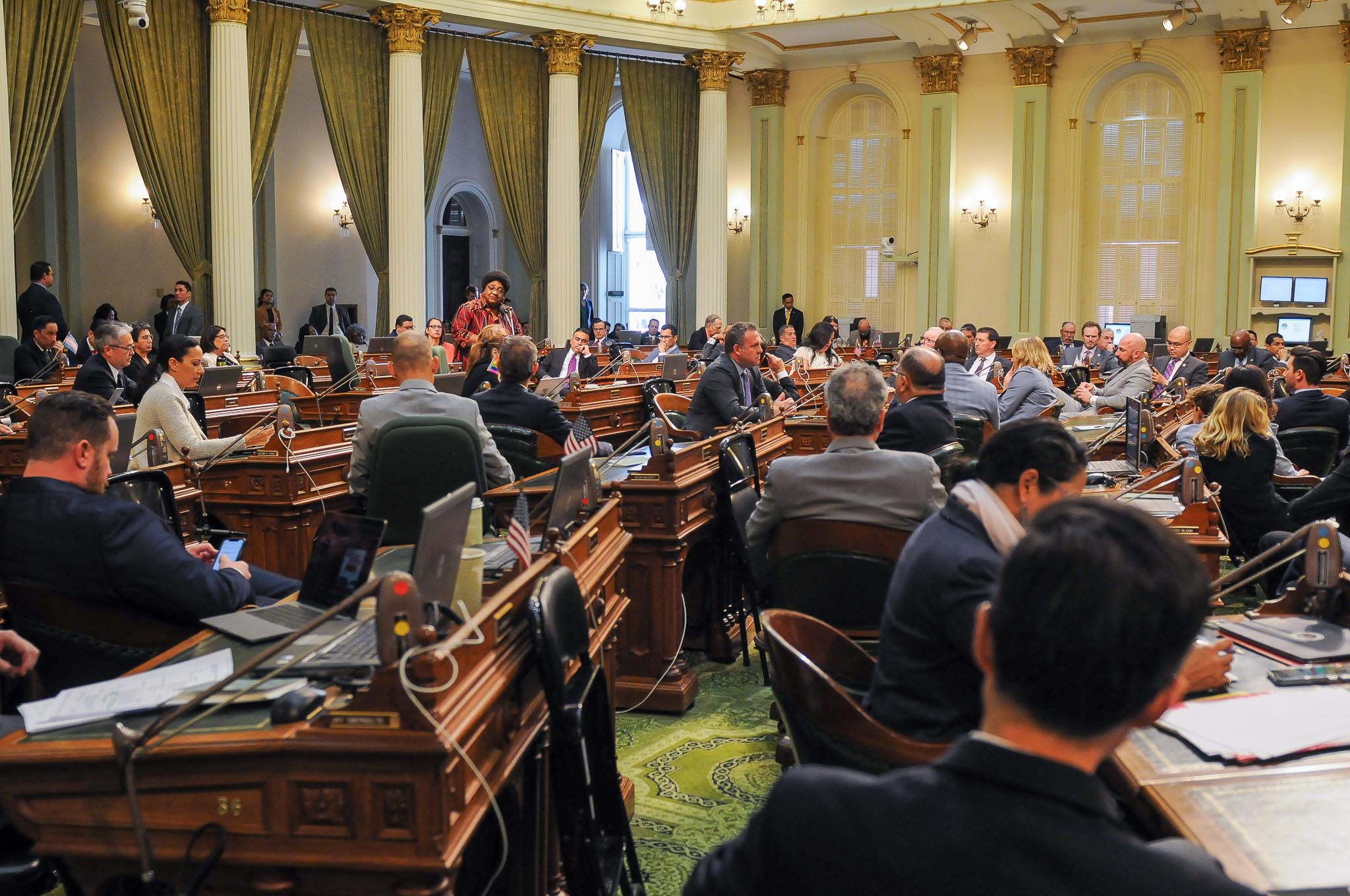
California State Assembly. (Photo: Kevin Sanders for California Globe)
What Is a Conflict in California Legislation?
The Office of Legislative Counsel defines this ‘conflict’
By Chris Micheli, September 13, 2022 3:21 pm
On occasion, a legislator in the Assembly or Senate will receive a letter from the Office of Legislative Counsel that there is a “conflict” with their bill. What does this mean?
The Office of Legislative Counsel defines this “conflict” as when, during a calendar year, two or more bills amend the same code section. That is the conflict being referred to when a letter is received by the author of those conflicting bills.
As a result of this conflict, technical amendments are required to made to each bill before final passage so that each bill’s provisions will take effect once the bills are enacted into law. These technical amendments – called “double-jointing amendments” – are required in order to avoid the problem of “chaptering out.”
Chaptering-out will occur when, during the same calendar year, two or more bills amending the same code section become law. In such a case, the bill enacted last (and which therefore has a higher chapter number) is the governing statute and it prevails over (i.e., “chapters out”) the code section in the bill or bills that were previously enacted that affected the same code section.
The way that the problem of “chaptering out” is solved is by adopting “double jointing” amendments. These technical amendments, again, are adopted when two or more bills propose to amend the same code section, that is when they are “in conflict” with each other.
- Service of Summons in California Civil Actions - December 11, 2024
- Sunset Clause Versus Repeal Clause - December 10, 2024
- Describing a Spot Bill - December 9, 2024




